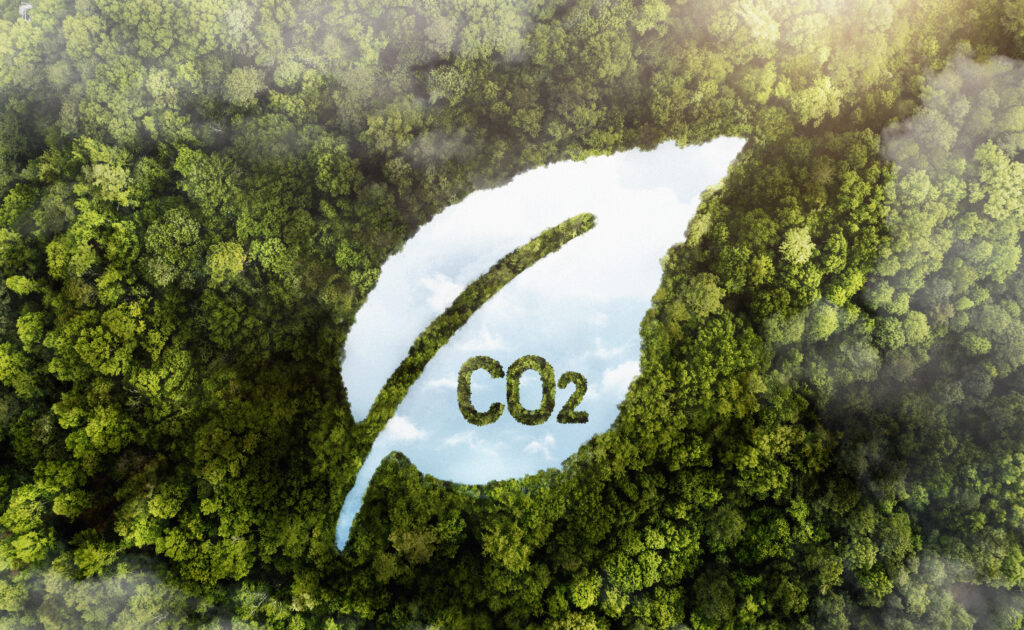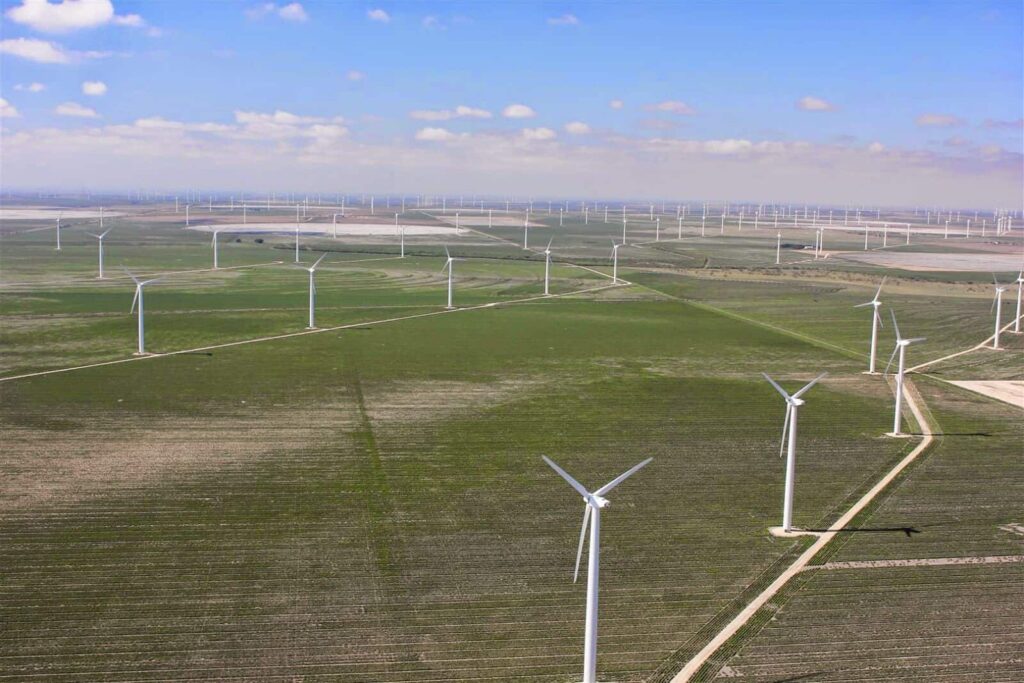As the global focus on climate change intensifies, carbon credit projects have become a critical tool for companies and governments aiming to reduce greenhouse gas emissions. For investors, developers, and businesses looking to engage in carbon markets, understanding which carbon credit projects offer the most profitability is key to making strategic decisions. While carbon credits serve the dual purpose of environmental impact and financial return, some project types consistently show stronger profit potential than others.
This article explores the most profitable categories of carbon credit projects today, including renewable energy, reforestation, methane capture, and cutting-edge technology-based initiatives such as biochar and direct air capture.

Renewable energy projects have long been a cornerstone of the carbon credit market. These projects focus on replacing fossil fuel-based energy sources with clean alternatives like solar, wind, hydro, and biomass power generation. They generate carbon credits by reducing carbon dioxide emissions compared to conventional power plants.
Horse Hollow Wind Energy Center (USA)
Located in Texas, this large-scale wind farm generates renewable energy and produces verified carbon offsets through Green-e Energy RECs.
Inland Biodigester Project (USA)
This project captures methane from organic waste to generate electricity, reducing greenhouse gas emissions and producing carbon credits.

Reforestation and afforestation projects involve planting trees on deforested or degraded land to sequester CO2 from the atmosphere. These nature-based solutions are vital for carbon markets because of their ability to lock in carbon over long periods.
Keo Seima Wildlife Sanctuary (Cambodia)
This project protects 1,660 km² of forest from illegal logging, preserving carbon sinks and biodiversity. It also supports indigenous Bunong communities through carbon credit revenues.
EthioTrees (Ethiopia)
Operating in Tigray since 2016, EthioTrees manages over 1,500 hectares of exclosures to restore woodlands, sequester carbon, and enhance groundwater. The project generates Plan Vivo-certified carbon credits and supports local livelihoods.
Buffelsdraai Landfill Site Community Reforestation Project (South Africa)
Initiated in 2008, this project has planted over 1 million indigenous trees to offset emissions from the 2010 FIFA World Cup, estimated to reduce the concentration of atmospheric greenhouse gases by 45,007 tCO2e over 20 years. It provides employment opportunities and ecosystem services to local communities.
Despite challenges, innovative financial mechanisms like buffer pools and insurance products are improving the risk profile, making reforestation projects increasingly profitable.

Methane (CH4) is a potent greenhouse gas with a global warming potential approximately 28-34 times that of CO2 over 100 years. Methane capture projects generate carbon credits by capturing and destroying methane emissions from sources like landfills, coal mines, wastewater treatment, and agriculture.
Santa Marta Landfill Gas Project (Chile)
This initiative captures methane from a landfill in Santiago and converts it into electricity, mitigating potent greenhouse gas emissions.
Chino Basin Dairy Farm Biodigester (USA)
By capturing methane from dairy operations, this project generates renewable energy and reduces emissions, contributing to carbon offset markets

As the carbon market matures, innovative technologies are emerging that offer new opportunities for carbon credit generation. Two notable examples are biochar and direct air capture (DAC).
Biochar is a stable form of carbon produced by pyrolyzing biomass (heating organic material in low oxygen). When added to soil, biochar can sequester carbon for centuries while improving soil fertility.
Profitability hinges on production costs, local biomass availability, and credit demand.
NetZero (Cameroon & Brazil)
NetZero produces biochar from agricultural waste, which is then applied to soils to sequester carbon and improve fertility. The company has raised €18 million to expand operations and aims to reduce over 5 million metric tons of CO₂ by 2030.
Charm Industrial (USA)
Charm converts agricultural residues into bio-oil through pyrolysis and injects it into underground wells for long-term carbon storage. The company has sequestered over 6,400 tons of CO₂ and secured significant contracts with organizations like Microsoft.
DAC involves using machines to extract CO2 directly from ambient air, capturing it for permanent storage underground or use in products.
DAC projects are attractive to corporations aiming for net-zero or carbon-negative status and willing to pay a premium for removal credits.
Orca & Mammoth Plants by Climeworks (Iceland)
Climeworks operates the Orca and Mammoth DAC facilities in Iceland, capturing CO₂ directly from the air and storing it underground through mineralization. The Mammoth plant, launched in 2024, has a capacity of 36,000 tons of CO₂ per year.
Project Hummingbird by Octavia Carbon (Kenya)
This pilot DAC facility in Kenya’s Rift Valley aims to capture 1,000 tons of CO₂ annually, storing it in local basalt formations. The project employs over 50 individuals and utilizes digital monitoring systems for transparency.
Mission Zero Technologies (UK)
In partnership with OCO Technology, this London-based startup has launched a facility that captures atmospheric CO₂ and converts it into building materials like limestone for use in construction. The pilot facility captures 250 tons of CO₂ annually.

Profitability depends on multiple factors that vary by project type and location:
Investors and developers must carefully evaluate these aspects alongside environmental impact and alignment with corporate sustainability goals.
The most profitable carbon credit projects today lie in renewable energy, methane capture, reforestation, and innovative technology-based solutions like biochar and direct air capture. Renewable energy projects offer scalability and co-benefits through energy sales, making them highly attractive. Methane capture projects stand out due to the high global warming potential of methane and increasing regulatory focus. Reforestation offers natural carbon sequestration with significant co-benefits but requires patience and risk management. Lastly, emerging technologies like biochar and DAC provide exciting opportunities for premium carbon credits, especially for companies committed to carbon removal.
Choosing the right project depends on your financial goals, risk tolerance, and sustainability strategy. Understanding the profitability dynamics of each carbon credit type is essential for making informed investment and development decisions in the evolving carbon market.